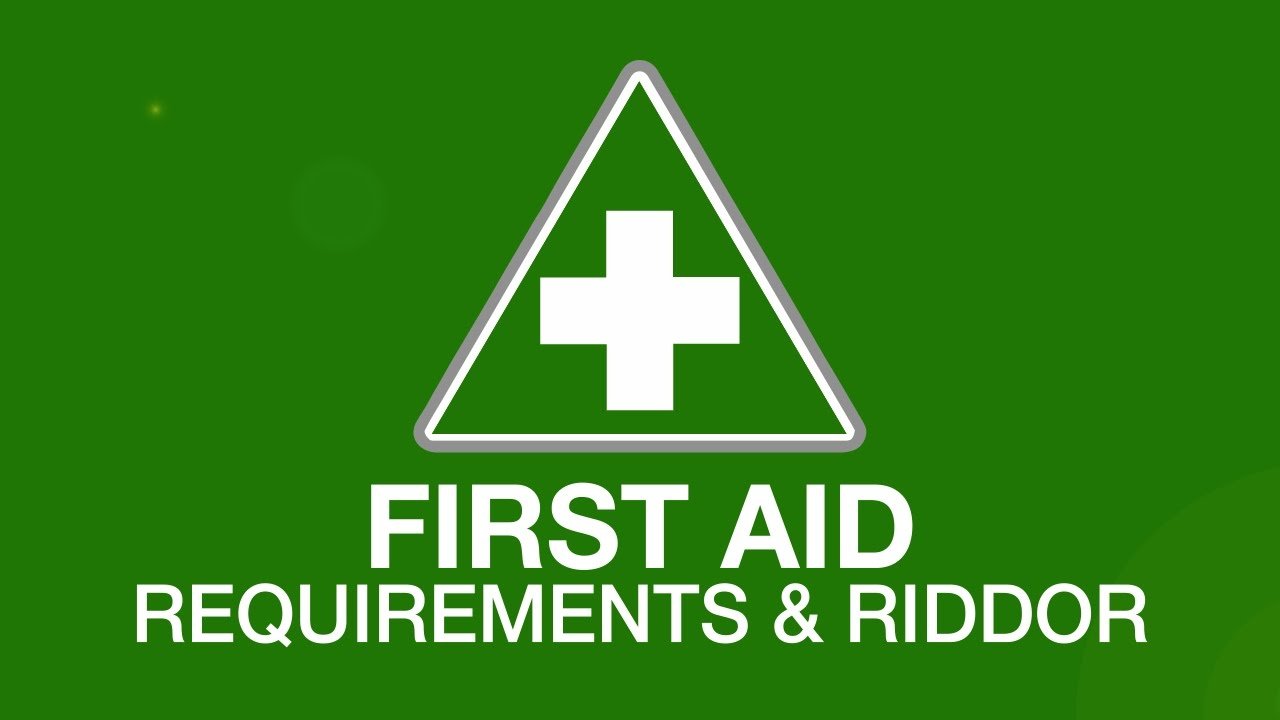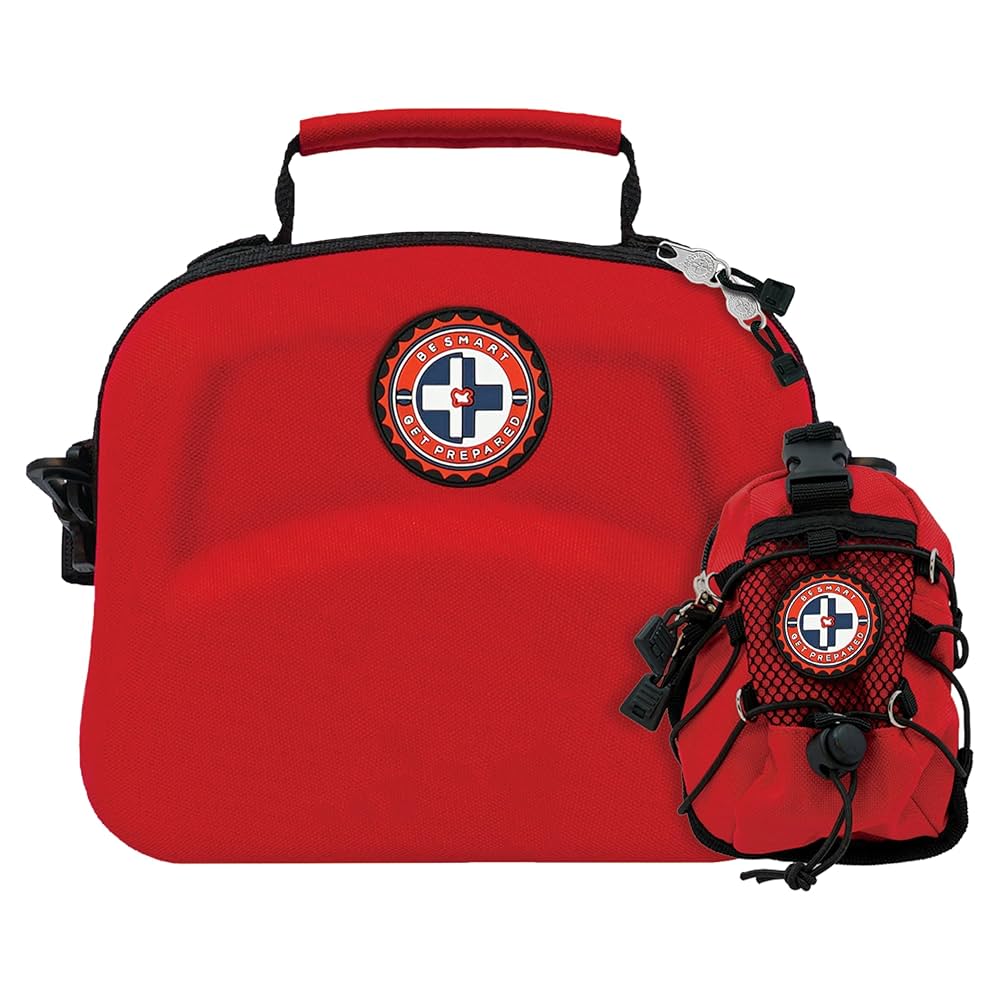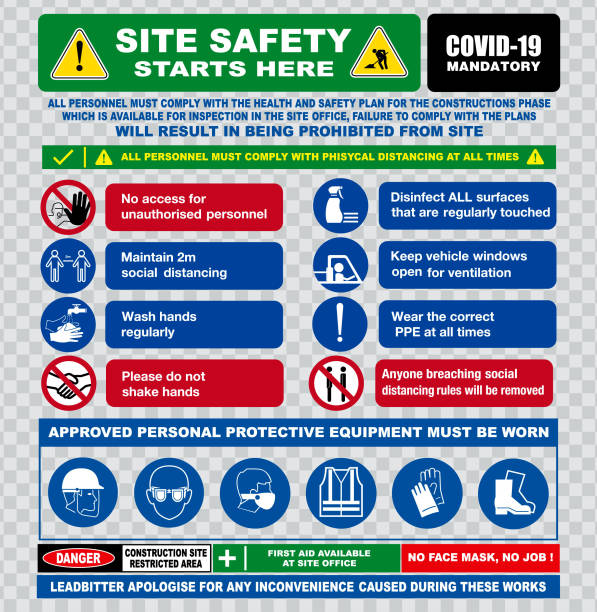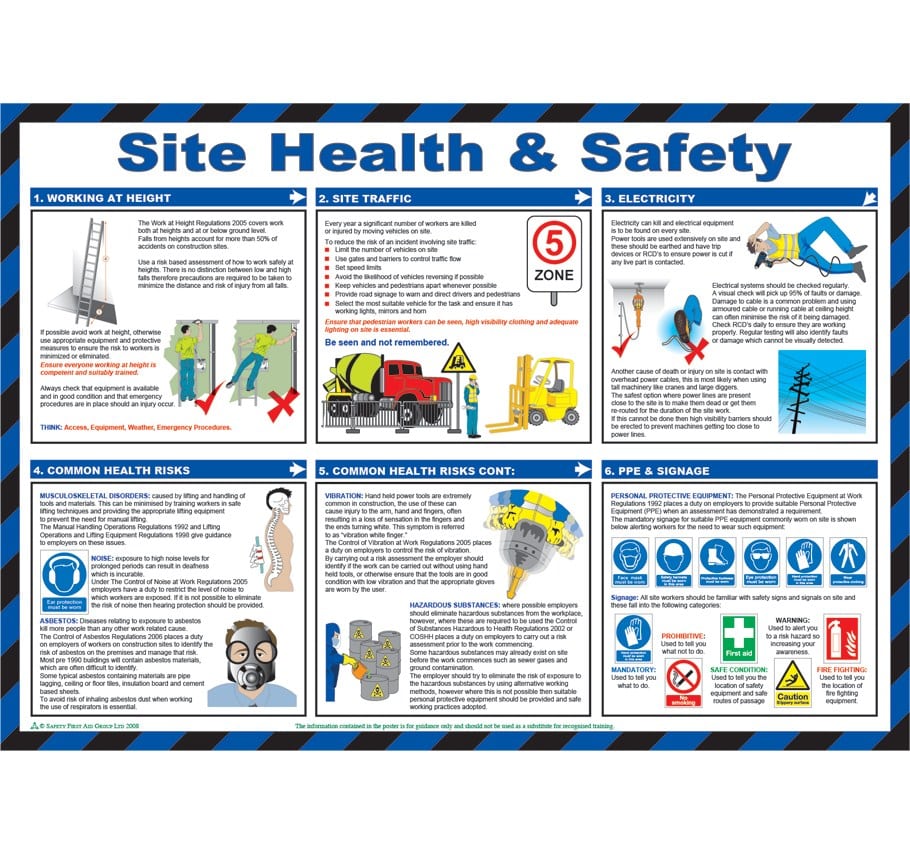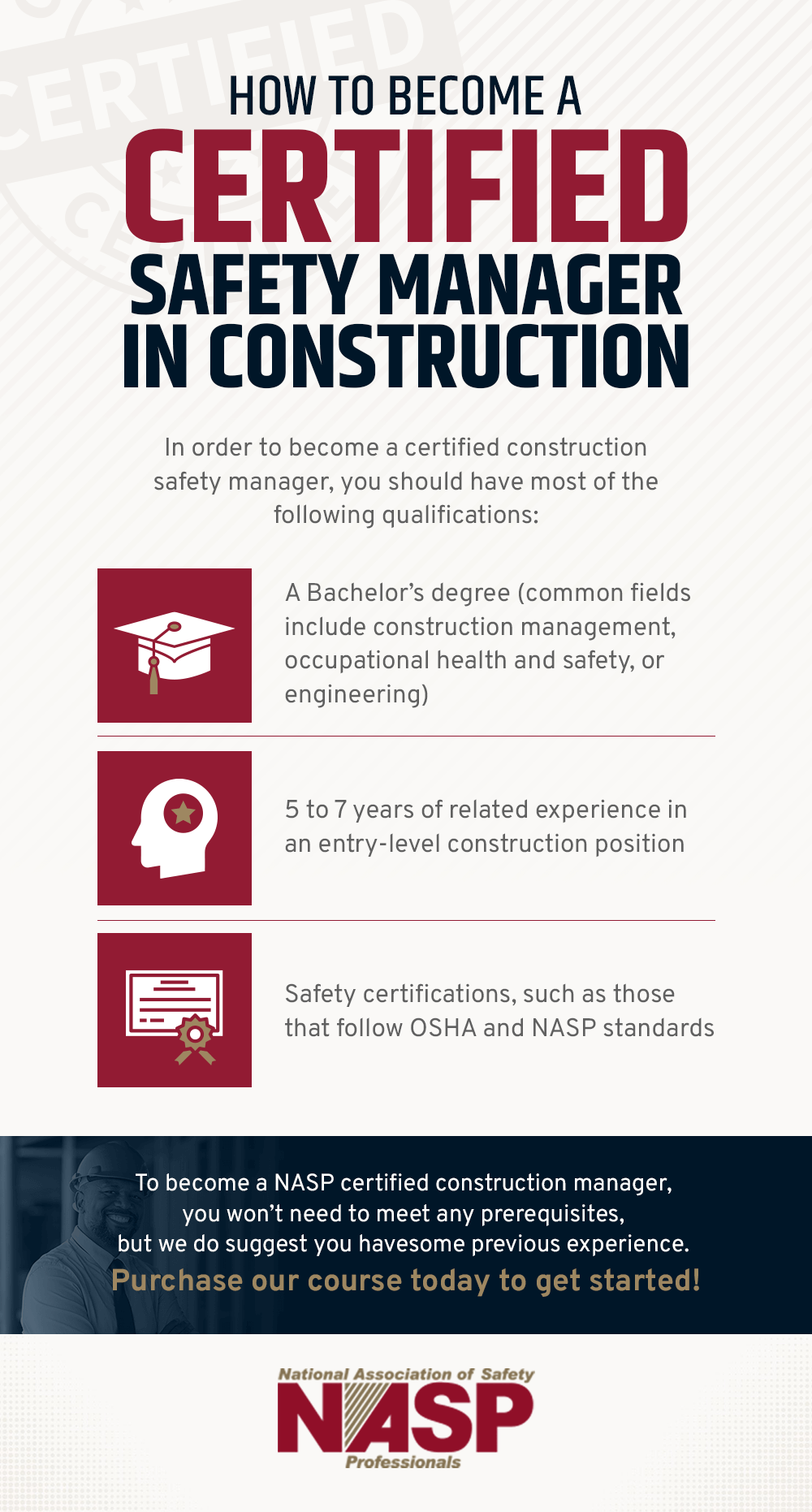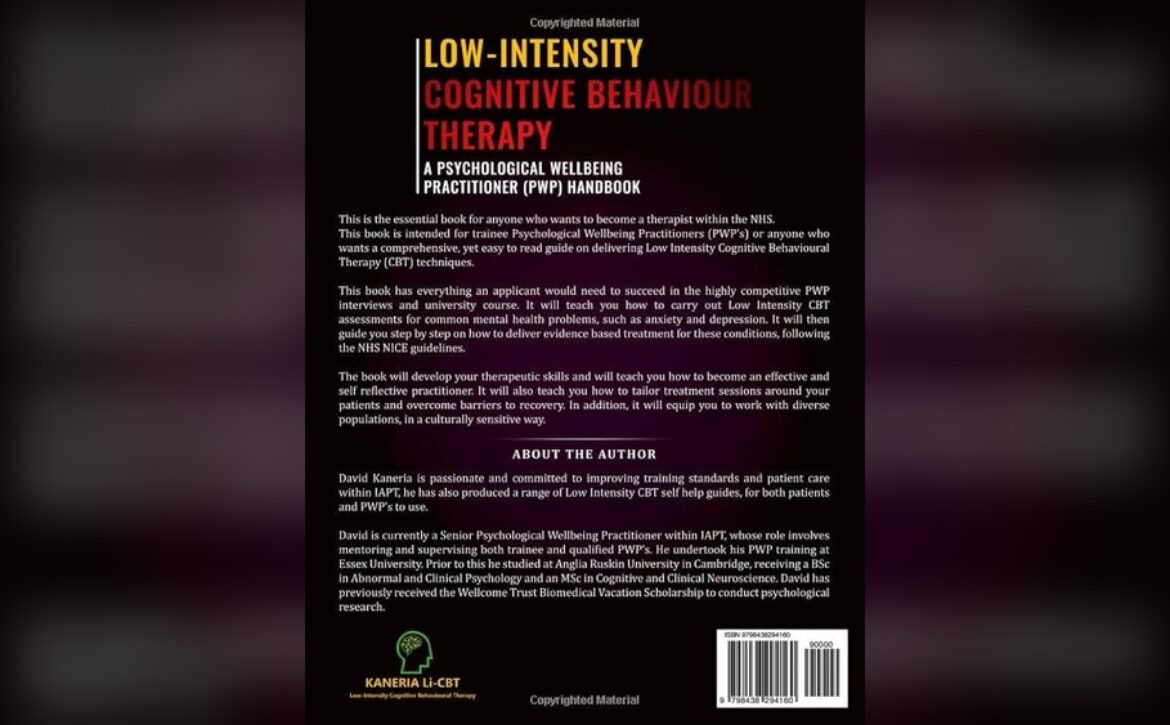How to Become a Hopi Ear Candling Expert: Step-by-Step Guide
Have you ever wondered about the ancient practice of Hopi ear candling and how you could become an expert in this unique technique? Imagine the soothing warmth and the gentle crackle as you help others find relief from ear discomfort and stress.
It’s not just about mastering a skill; it’s about creating a serene experience for your clients that can change their outlook on holistic healing. By learning the secrets of Hopi ear candling, you can tap into a world of relaxation and wellness that will set you apart.
Are you ready to dive into a realm where traditional meets tranquility? Let’s explore how you can transform this intriguing practice into a rewarding part of your life.

History Of Hopi Ear Candling
The history of Hopi Ear Candling is a journey through time, steeped in mystery and tradition. This ancient practice, often associated with the Native American Hopi tribe, has been handed down through generations. But what’s the real story behind these intriguing candles?
Origins Of Ear Candling
Ear candling, also known as ear coning, has roots that spread across ancient cultures. It’s believed that the Egyptians, Chinese, and even the Greeks had similar practices. However, the connection to the Hopi tribe adds a unique layer of authenticity and allure.
Connection To The Hopi Tribe
Despite its name, some argue that there’s no solid evidence linking the Hopi tribe directly to ear candling. The Hopi, known for their healing arts, have not claimed this practice as their own. This raises questions about the true origins of the practice and how it came to bear their name.
Evolution Over Time
Over the years, ear candling has evolved from a spiritual and healing ritual to a popular wellness treatment. It’s fascinating to see how it has adapted to modern needs while retaining its ancient charm. Many people today seek ear candling for relaxation and ear health.
Personal Experience With Ear Candling
Trying ear candling for the first time was like stepping back into history. The gentle crackling of the flame and the calming process offered a unique experience. It made me wonder how many before us have found solace in this ancient practice.
Curious about trying ear candling yourself? Understanding its rich history can add depth to your experience. What are your thoughts on this age-old tradition?
Understanding The Basics
Discover the art of Hopi ear candling by learning its fundamental techniques. This holistic practice involves gently placing a candle in the ear to draw out impurities. Proper training ensures safety and effectiveness in providing relaxation and wellness benefits.
Understanding the basics of Hopi ear candling is essential for success. This ancient practice has intrigued wellness enthusiasts worldwide. Ear candling involves using a candle to clean the ear canal. It has been practiced for centuries and is believed to offer several benefits.
What Is Ear Candling?
Ear candling uses a hollow candle made from fabric and wax. The candle is inserted into the ear, and the opposite end is lit. The warmth creates a gentle suction, drawing out impurities from the ear. People often feel relaxed during the process, adding to its appeal.
Benefits And Risks
Ear candling is said to remove earwax and toxins. It may also improve hearing and balance. Some claim it reduces sinus pressure and headaches. Despite these benefits, ear candling carries risks. It can cause burns or blockages if done incorrectly. It’s crucial to use ear candles carefully and seek professional guidance. Understanding both sides helps make informed choices.
Essential Tools And Materials
Embarking on the journey to become a Hopi ear candling practitioner requires more than just enthusiasm; you need the right tools and materials. As with any craft, having the proper equipment is essential for effectiveness and safety. This section will guide you through selecting quality candles and additional items to set you up for success.
Choosing The Right Candles
Not all ear candles are created equal. Your choice impacts the quality of the session and the client’s comfort. Look for candles made from natural materials like cotton or linen, infused with beeswax or soy wax. These materials burn evenly and minimize residue.
Consider the length and diameter of the candle. Longer candles ensure a sufficient burn time, while appropriate diameter helps with a snug fit in the ear canal. You might find it helpful to try different brands to see which works best for you.
Safety is paramount. Choose candles with integrated safety features like drip guards or filters. These prevent wax from entering the ear, ensuring a safe experience for your clients.
Additional Equipment Needed
Beyond candles, other tools are essential for a smooth session. A comfortable chair is vital for your client to relax during the procedure. Ensure it’s adjustable to accommodate clients of different sizes.
Have a small towel or cloth ready. It helps protect the client’s skin from any wax drips and provides an extra layer of comfort. You’ll also need a lighter or matches to start the process efficiently.
Consider investing in a pair of scissors. They come in handy for trimming the candle as it burns, maintaining a steady flame and preventing excess smoke. A small bowl of water is useful to extinguish the candle safely after use.
As you set up your practice, think about how each tool will contribute to the experience. What can you add to make your sessions more comfortable and memorable for your clients? Selecting the right materials isn’t just about function; it’s about creating an inviting atmosphere that encourages relaxation.

Step-by-step Process
The art of Hopi ear candling has been practiced for centuries. It is believed to help relax the mind and body. Understanding the process is key to providing a safe and soothing experience. Here, we break down each step to guide you through a successful session.
Preparing The Environment
Choose a quiet and calm space. Make sure the room is well-ventilated. Gather all necessary materials like towels and ear candles. Dim the lights to create a relaxing atmosphere. Ensure the area is clean and free from distractions.
Positioning The Client
Ask the client to lie down comfortably. Ensure their head is supported with a pillow. The ear should be easily accessible. Make sure they feel relaxed and safe. Communicate clearly about the process and duration.
Lighting And Placing The Candle
Carefully light the ear candle. Hold the candle steady as you place it gently in the ear. Ensure it is positioned correctly for optimal effectiveness. Make sure the candle is secure to prevent movement.
Monitoring The Process
Watch the candle as it burns. Monitor the client’s comfort throughout the session. Listen for any signs of discomfort or anxiety. Adjust the candle as needed to maintain safety. Keep a close eye on the burning time.
Finalizing The Session
Extinguish the candle safely. Gently remove it from the ear. Discuss the session experience with the client. Clean up the area and dispose of materials properly. Offer guidance for aftercare and relaxation tips.
Safety Precautions
Before starting Hopi ear candling, ensure a safe environment. Gather all necessary materials, like ear candles and towels. Protect hair and clothing to prevent accidents.
Understanding the safety precautions involved in Hopi ear candling is crucial before you embark on this holistic journey. While the practice might seem straightforward, ensuring safety can enhance your experience and prevent any unwanted mishaps. Let’s dive into essential safety tips to keep you informed and prepared.
Avoiding Common Mistakes
One frequent mistake is not reading the instructions that come with the ear candles. Each brand may have specific guidelines, and ignoring them can lead to ineffective results or even injury. Always start by familiarizing yourself with the instructions. Another common error is not having the right environment. Ensure that you are in a quiet, comfortable space free from distractions. This helps you focus on the process and minimizes the risk of accidental burns. Using the wrong size candle can also pose risks. Always check that the ear candle fits snugly in your ear. A poor fit can lead to smoke leakage, reducing the effectiveness of the treatment.
Emergency Protocols
What should you do if wax drips onto your skin? Immediately stop the session and cool the area with cold water to prevent burns. Having a damp cloth nearby can be a lifesaver in these situations. If you feel any discomfort or pain during candling, cease the activity at once. Pain is your body’s way of telling you something isn’t right. Listen to it and consult a professional if necessary. Lastly, always have a small fire extinguisher or a bowl of water nearby. While rare, the possibility of a candle tipping over exists. Being prepared for such emergencies can prevent minor issues from becoming major problems. So, are you ready to start your Hopi ear candling journey with confidence? Prioritize safety and make your experience both enjoyable and beneficial.
Training And Certification
Hopi Ear Candling is gaining popularity for its holistic benefits. To practice professionally, proper training and certification are essential. They ensure safety and reliability. This section explores how to become certified. It provides guidance for aspiring practitioners.
Finding Accredited Courses
Begin with accredited institutions. These offer credible courses in ear candling. Search online for trusted schools. Check their credentials and reviews. Compare course content and duration. Look for instructors with real-world experience. Ensure they cover essential skills and safety standards. Practical hands-on training is vital. It builds confidence and competence.
Maintaining Certification
Certification needs regular updates. Stay informed about new techniques. Participate in workshops and seminars. These provide fresh insights and networking opportunities. Continuing education is crucial. It keeps your skills relevant and sharp. Renew your certification periodically. Check requirements with the certifying body. Maintaining certification demonstrates professionalism.
Building A Practice
Explore the path to becoming a Hopi ear candling practitioner. Gain knowledge through certified courses and hands-on practice. Learn safety and technique to offer soothing and effective treatments.
Becoming a Hopi Ear Candling practitioner involves more than mastering the technique. Building a successful practice requires strategic planning and personal connection. You’ll need to market your services effectively and forge strong relationships with your clients.
Marketing Your Services
Visibility is key to attracting clients. Begin by creating a simple website showcasing your services, your qualifications, and the benefits of Hopi Ear Candling. Use social media platforms to share engaging content, like testimonials and educational posts, that highlight your expertise. You might post a short video explaining what clients can expect during a session. Consider local advertising options, such as community bulletin boards or local wellness directories. Offering a discount for first-time clients can entice people to give your services a try.
Connecting With Clients
Building trust with your clients is crucial. Listen actively to their needs and concerns to provide a personalized experience. This personal touch can turn one-time clients into regulars. Follow up after appointments to show you care about their wellbeing. A simple text or email asking how they’re feeling post-session can make a big difference. Ask for feedback and use it to improve your practice. It not only helps refine your service but also shows clients that their opinions matter. How can you make each session better than the last? By focusing on these areas, you can establish a thriving practice that not only grows but also creates lasting client relationships.
Common Misconceptions
Hopi ear candling has stirred much debate and confusion. Many myths surround this ancient practice, leading to misunderstandings. Let’s clear up these common misconceptions.
Debunking Myths
Some believe ear candling removes earwax effectively. This is not true. The warmth from the candle doesn’t pull out wax. It doesn’t create a vacuum, as some claim.
Another myth is that ear candling cures ailments. No scientific proof supports this belief. People often think the candle’s residue is earwax. Actually, it’s just candle byproducts.
Scientific Perspectives
Experts have studied ear candling’s effects. They found it doesn’t clean the ear canal. The practice lacks scientific backing. Doctors advise against using ear candles for medical purposes.
Medical professionals warn about potential harm. Ear candles can cause burns and blockages. They suggest safer alternatives for ear care. Always consult a healthcare expert for ear issues.
Frequently Asked Questions
What Is Hopi Ear Candling?
Hopi ear candling is a holistic practice aimed at removing earwax and impurities. It involves placing a lit, hollow candle in the ear canal. The warmth creates a vacuum effect, drawing out debris. It is believed to also promote relaxation and improve overall ear health.
How Does Ear Candling Work?
Ear candling works by creating a gentle vacuum through the warmth of the candle. This effect helps to draw out earwax and impurities. The process is soothing and can promote a sense of relaxation. It is important to have it done by a trained practitioner for safety.
Is Hopi Ear Candling Safe?
When performed by a trained professional, Hopi ear candling is generally safe. However, it is crucial to follow safety guidelines to prevent burns or ear damage. Consulting a healthcare provider before undergoing the procedure is advisable, especially for those with ear conditions.
Can Ear Candling Improve Hearing?
Ear candling may improve hearing by removing excess earwax and impurities. This can lead to clearer sound perception and reduced ear pressure. However, it’s not a substitute for medical treatments. Always consult a healthcare professional for persistent hearing issues.
Conclusion
Becoming a Hopi Ear Candling expert takes time and practice. Start by understanding the basics and learning from reliable sources. Practice regularly to build your skills and confidence. Listen to feedback from clients to improve your technique. Stay updated with new trends and safety guidelines.
Your dedication will lead to better results and satisfied clients. Enjoy the journey of helping others find relaxation and relief. With patience and effort, you can become an expert in ear candling. A rewarding skill to share with those seeking natural wellness solutions.




